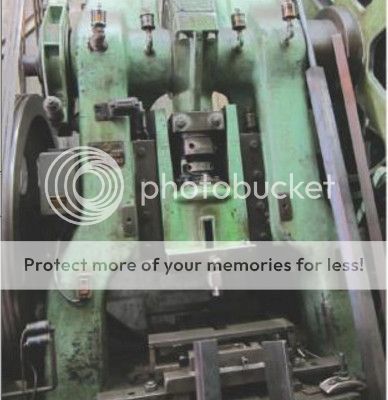Noah
Well-Known Member
- Joined
- Dec 14, 2016
- Messages
- 205
- Reaction score
- 0
I've been considering building either a power hammer or a hydraulic press.
I was looking at the amazon preview of a book by Bladesmithing with Murray Carter: Modern Application of Traditional Techniques and he surprised me with the assertion that a press is much more dangerous than a power hammer, talking about severely deformed hands and fingers. But he doesn't give any details of how it ends up being so much more dangerous.
On first glance this is hard to understand. From what I gather, you're feeding your billet into the machine by a welded rebar that's being held by a pair of tongs much like you would to a power hammer. How do your hands get munched?
I like the idea of a press a lot because it'd be quieter and I'd be using it in a residential neighborhood. It also looks to take less room in the shop from what I gather, which is a big plus as space is at a premium.
Experienced thoughts and guidance on this would be much appreciated!
I was looking at the amazon preview of a book by Bladesmithing with Murray Carter: Modern Application of Traditional Techniques and he surprised me with the assertion that a press is much more dangerous than a power hammer, talking about severely deformed hands and fingers. But he doesn't give any details of how it ends up being so much more dangerous.
On first glance this is hard to understand. From what I gather, you're feeding your billet into the machine by a welded rebar that's being held by a pair of tongs much like you would to a power hammer. How do your hands get munched?
I like the idea of a press a lot because it'd be quieter and I'd be using it in a residential neighborhood. It also looks to take less room in the shop from what I gather, which is a big plus as space is at a premium.
Experienced thoughts and guidance on this would be much appreciated!





